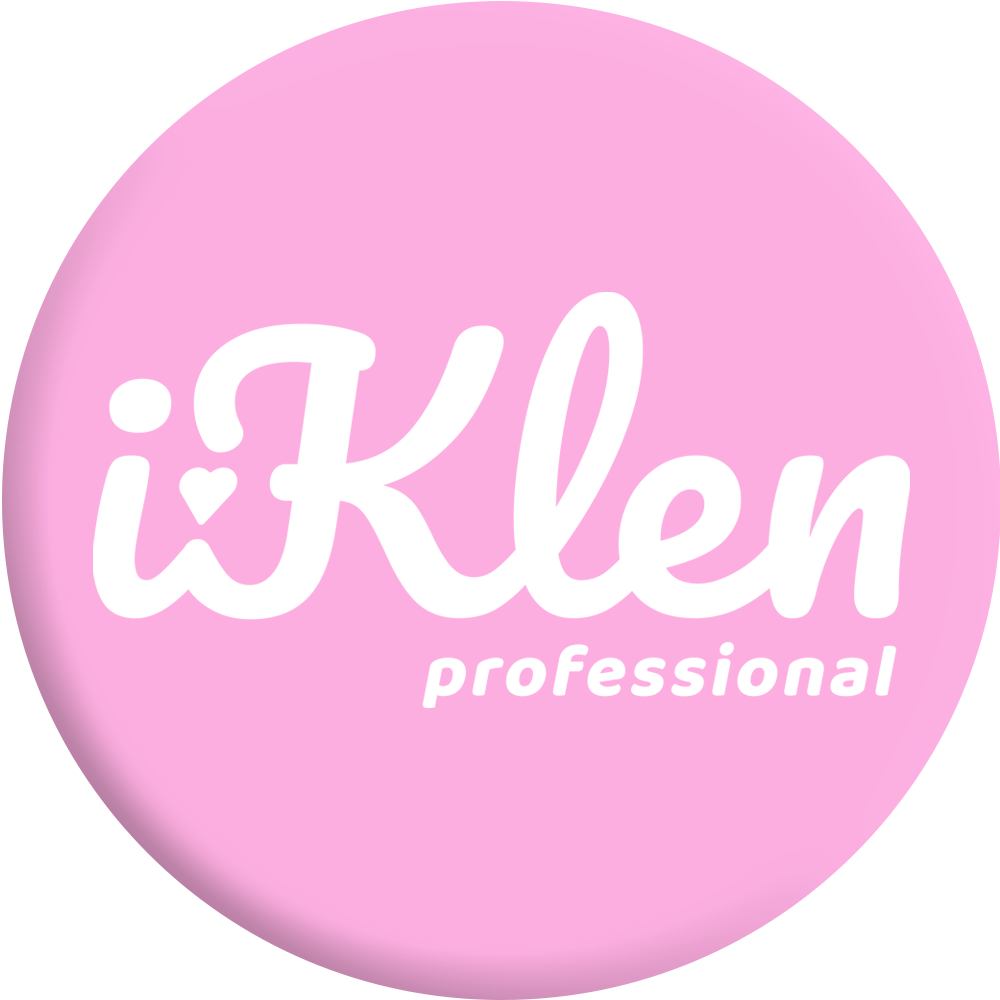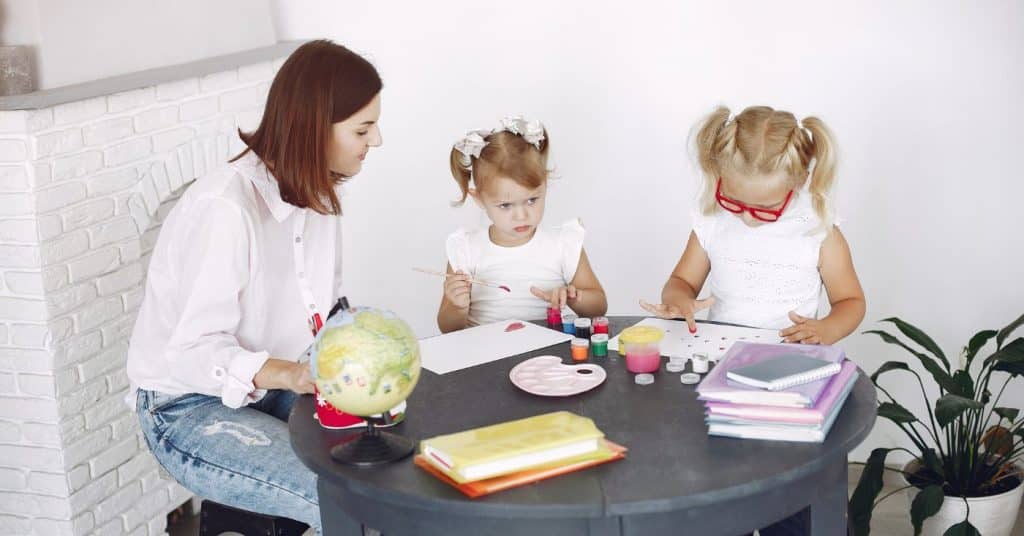Ever wondered where your children are most exposed to environmental hazards? Surprisingly, it’s in the places they spend the majority of their time – schools and childcare centers. While strides have been made in improving environmental health in schools, childcare centers might lag behind, posing a significant challenge.
Let’s delve into the issue, explore the various environmental health challenges, and discuss possible solutions. The goal is to create a safer, healthier environment for our children, where their growth and development aren’t compromised.
Understanding Toxins in Childcare Settings
A closer look at childcare environments reveals the presence of various toxins, particularly those manifested from regular cleaning procedures and frequent contact with objects in childcare centers. We need to identify the sources and understand the effects of these toxins.
Common Sources of Toxins
Cleaning supplies, a necessary part of maintaining cleanliness, often could include harmful elements. Green cleaners are gaining popularity, but their usage is not yet widespread.
Inconsistent regulation makes it even harder to control toxin exposure in these settings. Irregular circumstances ranging from wall paints, carpets, toys, to furniture, all contribute to a worrisome scenario.
Health Impacts on Children
Children, especially babies and toddlers, are more sensitive to these toxins. Their developing systems are susceptible to various pollutants found indoors.
For example, studies show that children under the age of five, spending most of their waking hours in non-parental care, face crucial health effects due to exposure to environmental toxicants. These dangers are further escalated by the fact that children in this age range usually spend their time on floors and surfaces, putting them in direct contact with residual toxins. Additionally, indoor pollutants tend to be more potent to these children due to their heightened sensitivity.
A timely focus on eradicating these toxins, or at least minimising their exposure, becomes paramount to promoting a wholesome environment for children’s growth and development.
Strategies for a Toxin-Free Childcare Environment
To create safer spaces, subtitles focus on three guiding principles: choosing safer cleaning products, implementing green cleaning practices, and reducing pesticide and plastic use.
Choosing Safer Cleaning Products
At iKlen, we use child-safe, eco-friendly products for our childcare facility cleaning services.
Many cleaning products in everyday use carry ingredients associated with health issues such as asthma, endocrine disruption, cancer, birth defects, neurological and respiratory disorders. (*) (*)
Picking safer options involves checking labels, preferring products with fewer, and preferably botanical, ingredients. Remember, it’s about lessening toxin exposure, not achieving absolute purity.
Implementing Green Cleaning Practices
Green cleaning extends to choosing safer cleaning tools. Vinegar and water solution, for example, clean mirrors and windows effectively, leaving a streak-free finish.
Additionally, using microfibre cloths or crumpled newspaper instead of chemically treated wipes reduces toxin exposure.
Pesticide and Plastic Use Reduction
Everyday childcare items also contribute to indoor pollution, surprisingly, often packed with legally allowed chemicals.
Avoiding plastic-made items, opting for items made of natural materials and reducing the use of pesticides contribute significantly to creating a toxin-free environment. Remember, every effort counts when it comes to our children’s health.
The Importance of Indoor Air Quality
Air quality inside our child care centers requires attention because indoor air pollution directly affects children’s health. Let’s examine the two key components of improving this aspect: ventilation and control of mold and allergens.
Ventilation and Air Filtering
Proper ventilation and efficient air filtering in child care centers constitute a critical component of indoor air quality. They help remove harmful pollutants and disperse fresh air throughout the facility, providing a healthier atmosphere for children.
Adequate ventilation facilitates the removal of volatile chemicals, often present in legally allowed cleaning solutions used in daycare centers.
Additionally, good air filtering systems can filter out harmful particles and allergens, enhancing the quality of air that young lungs breathe.
Controlling Mold and Allergens
Minimizing mold and allergens also forms an integral part of maintaining optimal indoor air quality. These substances can trigger allergies and respiratory issues in children.
Keeping the relative humidity levels between 30% and 60% significantly reduces the growth of mold and dust mites.
Regular cleaning of carpets, upholstery, and other fabric materials inhibits allergen build-up. Such efforts go a long way in ensuring the well-being of children under our care in childcare centers.
What Are Hazardous Materials in Childcare?
Hazardous materials within childcare environments extend beyond obvious toxins. They exist in everyday products such as cleaning supplies, educational materials, and even some toys.
How Do You Store and Handle Chemicals in a Safe Way in Childcare?
Safe storage and handling of chemicals in childcare is a non-negotiable aspect. Chemicals must be kept in original containers, tightly sealed, and stored out of children’s reach, ideally in a locked cabinet. The storage area should have proper ventilation to avoid creation of volatile organic compounds (VOCs).
As for handling chemicals, it’s essential to wear protective gear including gloves and safety glasses. Ensure proper area ventilation during use, which aids in preventing the inhalation of harmful fumes. It’s also ideal to use non-toxic alternatives whenever possible, such as vinegar for windows and eucalyptus oil for crayon stains.
Maintaining this focus on safety helps to protect the children in care from being inadvertently exposed to harmful toxins, thus further cementing the goal of creating a toxin-free childcare environment.
Questions to Ask Your Childcare Provider
Great strides can be made in ensuring a healthy environment for children at daycare, but proactive participation is key. This starts by knowing some key questions to ask.
Cleaning and Disinfecting Protocols
Start by inquiring about the cleaning and disinfecting protocols, and consider the following questions:
- Emphasize Routine: Establish how often toys, furniture, and hands are cleaned. Are surfaces wiped down after each play session? Consistency could mean a difference when we are dealing with children’s health.
- Check the Chemicals: Ask about the type of substances used for cleaning. Are these products safe according to recommended standards?
- Insist on Safe Disinfecting: Find out if there’s a safe disinfecting protocol in place.
- Know the Bleach Story: Is bleach, a common source of harmful fumes, used regularly?
Furniture and Supply Choices
Asking about the furniture and supplies carried indoors can bring to light another aspect of toxin exposure. Here are some topics that can guide your conversation:
- Prioritize Safe, Non-Toxic Furniture: What kind of wood is used in the childcare center? Certain kinds of pressed wood furniture can release formaldehyde, a toxic substance.
- Assess Art Supply Safety: Art is a vital part of early childhood learning, yet some art supplies can contain toxins. Ask about the supplies used in the center.
- Double Down on Dish Safety: Does the center use plastic dishes and bottles? Some can leach chemical components into food.
Remember, these inquiries are not to point fingers, but to promote safe environments where children can grow and learn.
Benefits of a Green Childcare Center
There are undeniable advantages to considering a green childcare center. These centers prioritize eco-friendly practices, which translate to fewer toxins and better indoor air quality.
Switching to non-toxic cleaning agents, such as those free from harmful substances like chlorine and fragrance chemicals, significantly reduces the presence of air pollutants. Additionally, opting for furniture made from natural, untreated materials, and supplies that are free from damaging chemicals also enhances the safety factor of the environment.
Green childcare centers take on the significant role of fostering better health and wellness for children. By unwaveringly prioritizing the well-being of the students, as shown in their cleaning protocols, furniture choices, and supply safety considerations, they uphold a higher standard of care. This type of commitment not only meets but also exceeds the minimal requirements set by licensing bodies.
Summarily, choosing a green childcare center equates to selecting a safer, healthier environment for children. It’s a decision factors in their current well-being and potentially impacts their long-term health.

